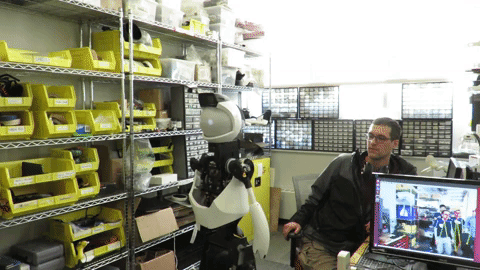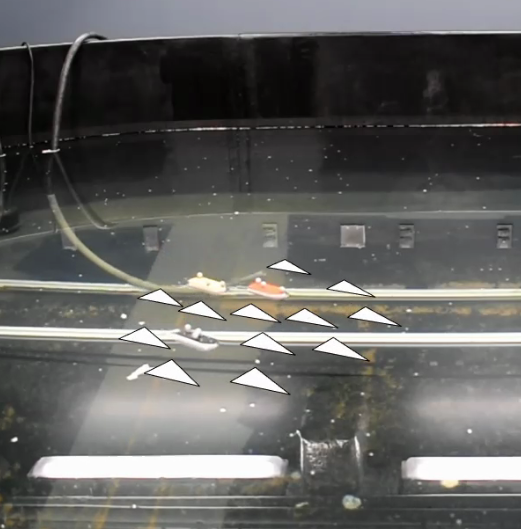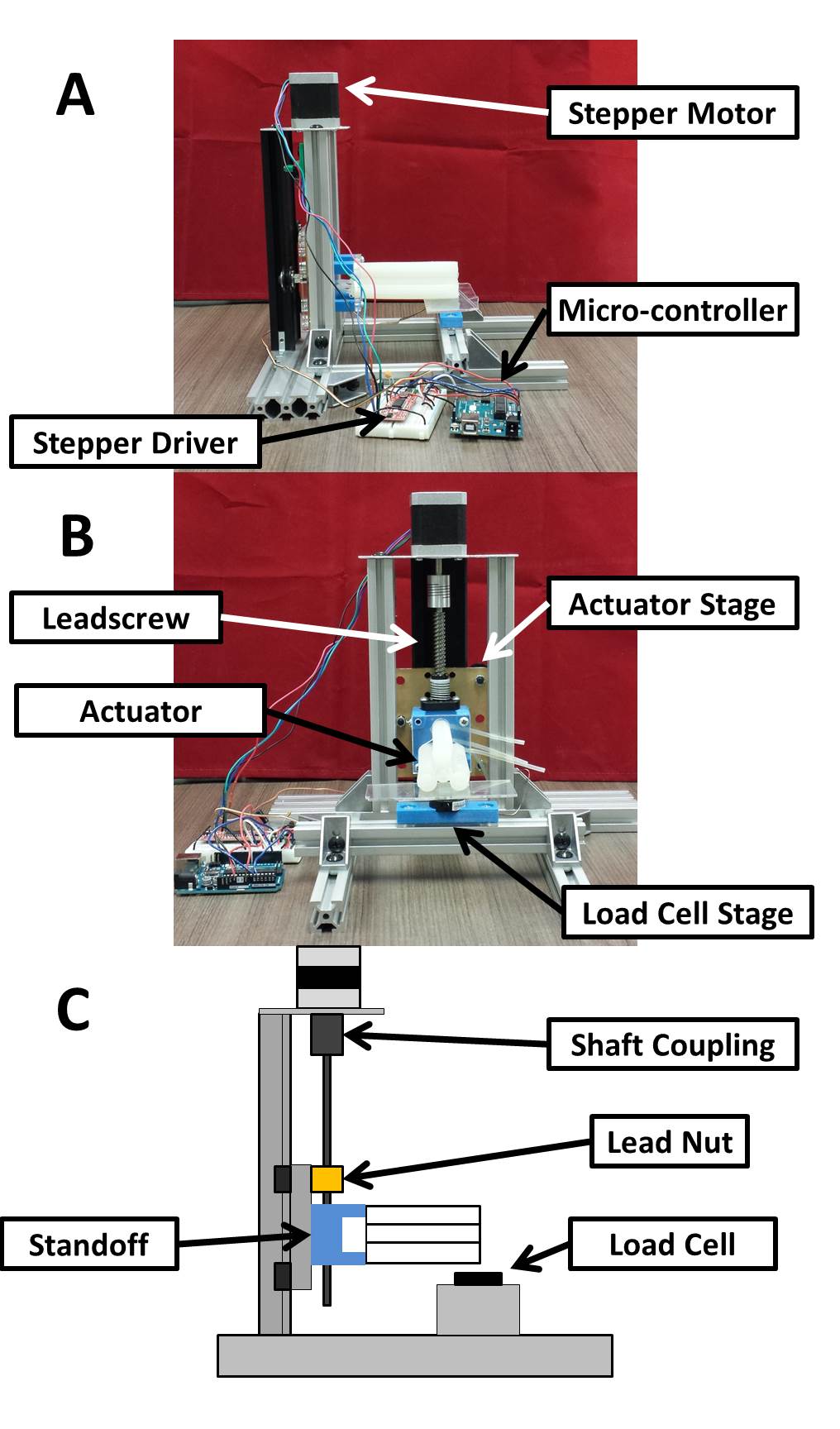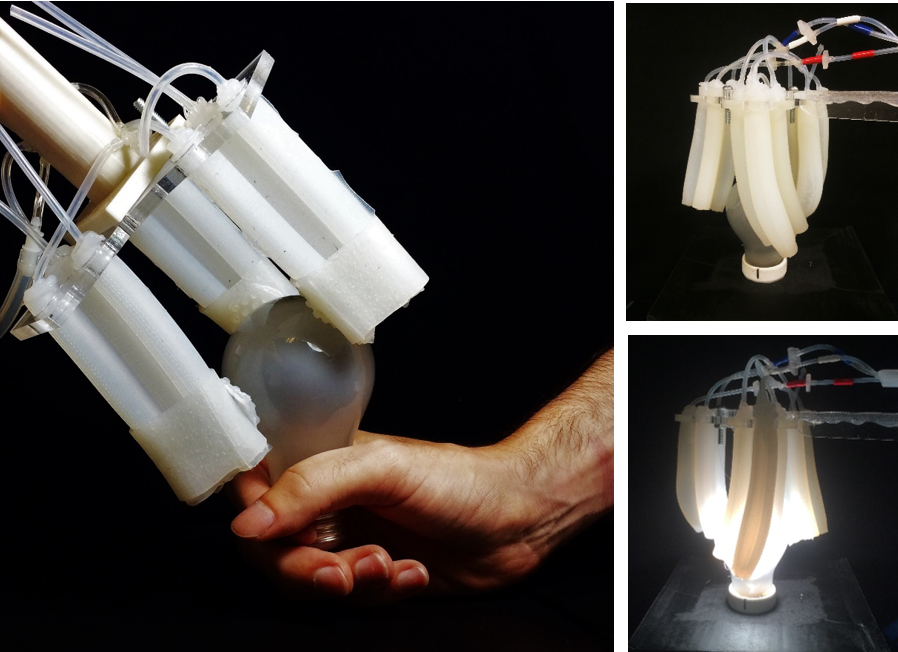Modular Aquatic Robot
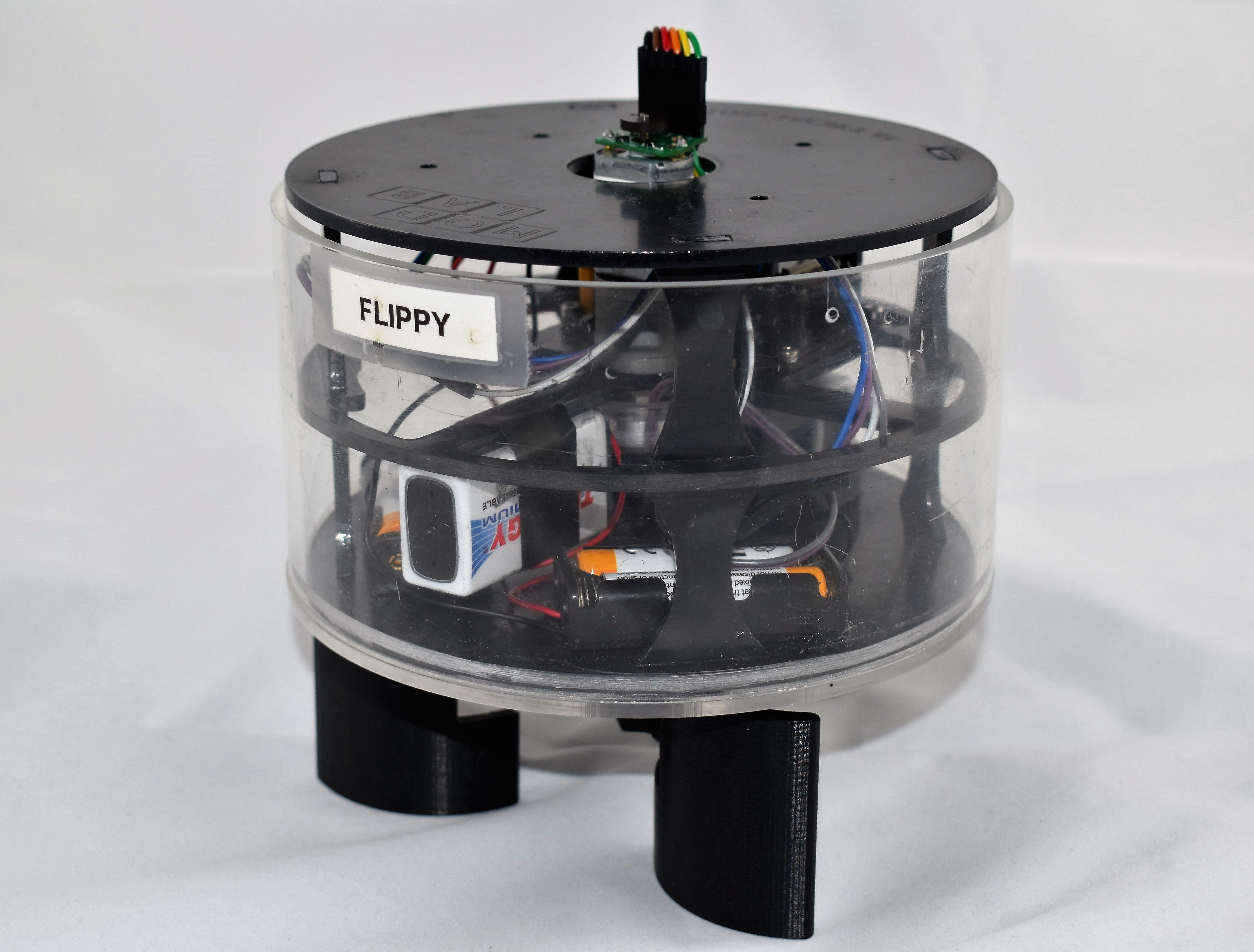
Timeframe: June 2019 - December 2019 Part of Modlab (member of GRASP LAB)
The Modboat is a modular robotic boat powered by a single motor. The motor spins a bottom plate to which are attached two free-swinging flaps. By precisely controlling the rotation of the bottom plate, it is possible to make the robot swim forward and make turns, even in place. This represents the first step towards modular floating sysetms by creating a low-cost, simple, and maneuverable modular unit.
The Modboat is controlled by an ESP32 attached to a lasercut frame contained in an acrylic tube. The flipper asembly on the bottom is 3D printed. A central computer runs a MATLAB script which receives position data from a motion capture system and then transmits the parameters for the swimming motion necessary to reach the desired waypoint. During the project, I was part of a two person team, designing and fabricating the flippers and parts of the frame, programming the swimming behavior, running experiments, and analyzing telemetry data to find a piecewise linear relation between one of the swimming parameters and robot turning rate.
